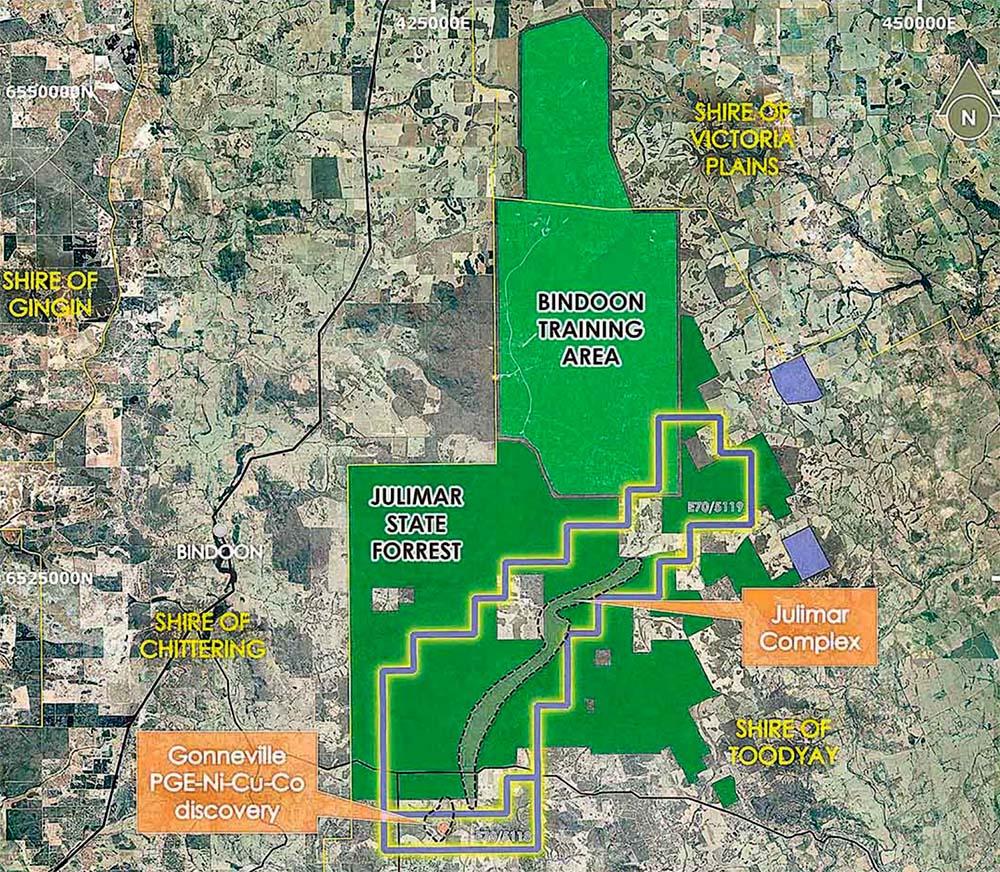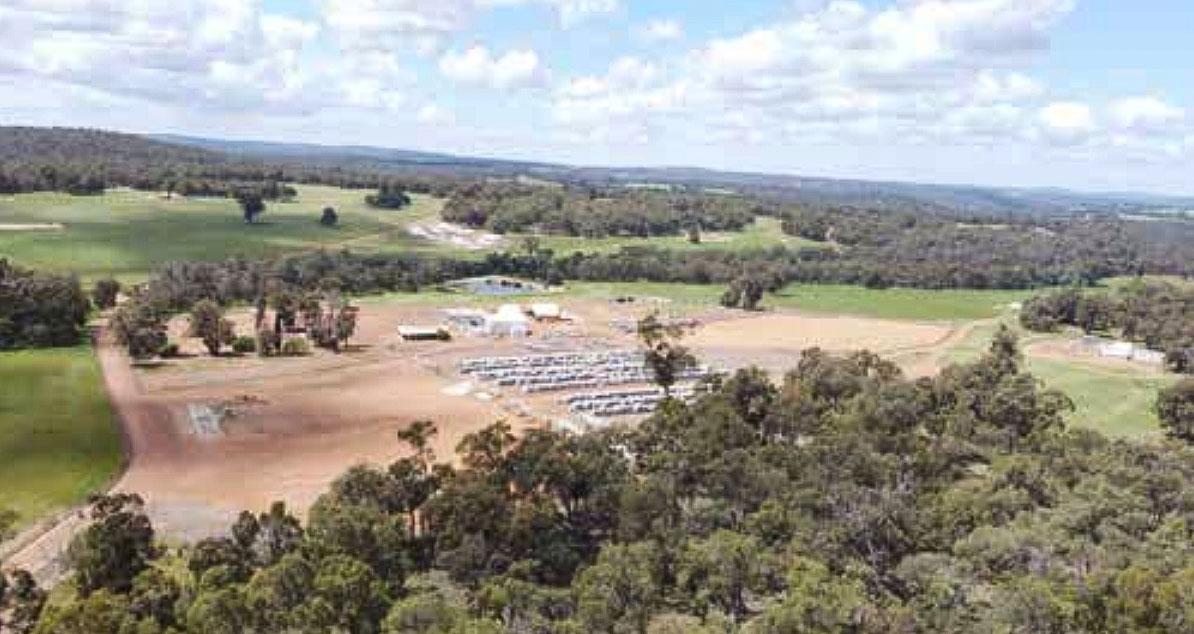Written by Doug Blandford, Environmental Earth Scientist
Original Article: May & June 2024 editions of the Toodyay Herald.
I READ with interest the article by Sharon Richards (Toodyay Herald, March 2024) where local fauna is at risk through lack of control of feral predators.
The article exposes a much deeper problem facing protection of the natural environment, not only globally, but across Australia and specifically here in Western Australia.
A case in point being the ceased mining projects in the Northern Territory namely the Rum Jungle and Ranger Uranium mines, as well as the Lake George Mine at Captains Flat in New South Wales.
These mines may be termed “Legacy Projects”, that is, someone else is cleaning up the mess.
Mining at Rum Jungle occurred from 1953 to 1971 and the environmental statements at the time gave a rehabilitation period of 15 years. The minerals making up the ore were uranium, copper, lead, cobalt, nickel, and zinc. A lack of clearly defined corporate responsibility led to the mine becoming one of Australia’s most polluted environments.
This was due to the oxidation of sulphide minerals and the consequent development of acid mine drainage, resulting in the release of acid and metals into the East branch of the Finniss River.
Not surprisingly this mining operation leaves a legacy of acid mine drainage and downstream heavy metal contamination of surface and groundwater.
It is 53 years since the cessation of mining at Rum Jungle and it is important to note the owners of the mine consistently denied any responsibility for rehabilitation.
In early 2022 the final cost of rehabilitation of the Rum Jungle mine site was re-estimated at between $1.6 billion and $2.7 billion.
Fast forward to 2024 and rehabilitation is still ongoing. In Western Australia, the state government has recently diluted the watch-dog powers of the Environmental Protection Authority, in an effort to fast-track mining approvals.
But in pursuit of what?
Tens of millions of dollars in royalty payments are at stake for the State coffers if Chalice Mining is unable to develop the Gonneville and Hartog prospects located 70km north-east of Perth.
It should also be acknowledged that mining is an integral and essential part of life in the 21st century. Most of us drive motor vehicles, relying on them for work and relaxation, use telephones and computers, enjoy rapid communication with the rest of the world, fly off to distant places, cruise the Australian coast or just bask in the luxuries that our advanced technologies provide.
So, what is the cost?
If environmental costs are not accurately defined, along with appropriate management, remediation, and mine closure protocols, then the financial burden of rehabilitation leading to mine closure will be astronomic.
As an example, you cannot retrofit an acid mine drainage management program to an operating mine ten years down the track. As a first priority, it would be reasonable to consider environmental costs that have a direct effect on human health, and the health of all organisms.
Such effects are defined in scales of time and space, corresponding with the potential severity of the effect and must include immediate and long-term consequences.
These are defined as the zone of environmental influence at regional and statewide levels. For example, mercury contamination from the Lake George mine site at Captains Flat has extended approximately 24 kms downstream towards Lake Burley Griffin in the Australian Capital Territory via the Molonglo River.
There are a number of issues that are at the forefront of direct environmental effects, including air pollution and water pollution. The geology of the original Gonneville discovery is publicly documented, and we know acid mine drainage, resulting from the oxidation of sulphide ores and waste products producing sulphuric acid, will be a major issue in long-term management requirements.
It will be extremely challenging to seal the floors of tailings dams and waste rock dumps to prevent acid mine drainage into the surrounding environment due to the structural characteristics of the underlying geology.
Once acid mine drainage water gets into local aquifers and drainage systems, it will be there for a very long time. In terms of a potential hard rock mine at Julimar, water should be listed as a critical natural resource, and every effort should be made to protect this rapidly diminishing resource from pollution and contamination.
It will be a brave law-maker in the WA Government that would approve a mining project that has the potential to result in long-term contamination of local and regional surface and groundwater systems.
Don’t forget that our environmental watchdog probably won’t be going in to bat for us.
This then raises some very basic questions regarding the attitude of the State Government towards the Julimar State Forest.
The effective management of resident fauna populations as well as wet and dryland vegetation zones should protect the complex biodiversity, both above and below ground level.
There appears to be a burning program occurring, but has the basis for such a program been made public? Has it been assessed in conjunction with stakeholders? When a helicopter flies over an area dropping incendiaries, there is no control over what species, plant or animal, dies. If this is the case, it suggests a breathtaking level of incompetence in our environmental protection agencies.
I very much doubt that this is the case, so perhaps this is all part of a more sinister plan, one aimed at degrading the forest to the point where any future mining operations will get virtually automatic approval.
In addition to the potential for acid mine drainage, mineral fibres such as asbestos may also be present in parts of the Gonneville ore body.
If confirmed, this raises issues for both air and water pollution, as the management of mineral fibres, in a mining context, requires engineering design and environmental management protocols be of the highest order.
Fugitive dust has the potential to transport asbestos fibres beyond the boundaries of the mine site as airborne particulates. Problem ores are those materials that contain asbestiform fibrous hydrated silicates, and several of these can occur naturally in ore bodies such as Gonneville.
The issue of particulate airborne contaminants passing beyond the lease boundary, and thus becoming a pollution episode, is made more complex as a potential mine at Gonneville lies only 15km from the Darling Scarp and approximately 58km due east from the coastline.
Average wind data for Toodyay from the past five years indicates that winds from the northeast around to the southeast will be dominant at 34 per cent of total wind.
The theoretical spread for such winds has an area of approximately 2500sq/km and extends from about Scarborough to north of Lancelin.
It was stated in a recent Chalice Mining presentation at the “Futures Facing Commodities Conference” (March 2024) that the exploration project is centred on a >30km long geological belt referred to as the Julimar Complex.
The presentation also went on to say that “Gonneville is positioned to become a strategic asset for Australia…..” and further, “The Australian Government has committed A$6 billion to accelerate strategically significant projects and strengthen internal critical mineral security and supply chains”.
The potential presence of mineral fibres, including asbestos, the potential for acid mine drainage in the long term, together with a climate change-induced diminishing regional rainfall, hence a reduction of water supply locally, raises major issues for environmental management and ecosystem management specifically, particularly in and around the Julimar State Forest.
What this means is that environmental management protocols must raise the benchmark and set a new standard for excellence for the Gonneville project.
Accordingly, environmental impact assessment should attract the most robust and rigorous investigations to define and scientifically demonstrate that the risk level associated with project operations and mine closure is fully understood by the government, the proponent, stakeholders, and local and regional communities.
Only then should project documents be put forward for public review to ensure that mining at Gonneville does not create the worst kind of environmental legacy.



